This article is a guest post from Tom Faulkner, a furniture designer who believes simplicity of line and proportion are the cornerstones of all good design and he applies this principle to everything he makes.
The Bauhaus Design School may be the most prestigious and influential design studio in the last century with regard to modern furniture. Founder and architect Walter Gropius believed that furniture served a social and societal function, and that minimalist, inexpensive design was the way to ensure everyone had access to comfortable, sophisticated furniture. This design ethic remains very much in force today, and Bauhaus-inspired designs grace every kind of building from public offices to private residences.
These 20th century modernists made metalwork their own, and reclaimed it as a material from the worlds of engineering and architecture. They adored its strength and versatility, and its aesthetic simplicity. Tubular steelwork is one of the signature trademarks of many of the sleek, modern designs is of Bauhaus furniture.
Here are five classic Bauhaus designs that you might see just about anywhere!
1. Brno chair by Mies van der Rohe
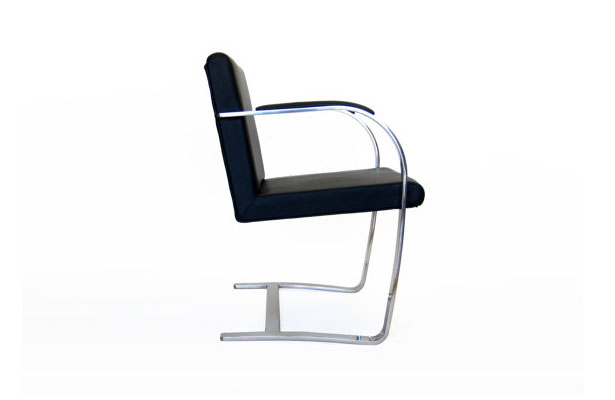
Designed by the popular German-American architect Ludwig Mies van der Rohe, this classic, elegant chair is still being used by the stylish and fashion conscious all over the world. Mies van der Rohe was an alumnus of the Bauhaus and coupled his unique architectural vision with the Bauhaus vision of inexpensive, easy to assemble furniture. The Brno chair has a simple chrome plated frame made of flat steel plate, which is combined with a supportive and soft upholstered seat. It is one of the most successful chairs to come out of the Bauhaus school, it is still made today under license but is also extensively copied. Beware of cheap imitations! Some places you may see this (or very similar) designs include reception areas, waiting rooms, smart offices, and high end private residences -making this design one of the most ubiquitous in the furniture industry.
2. Wassily Chair
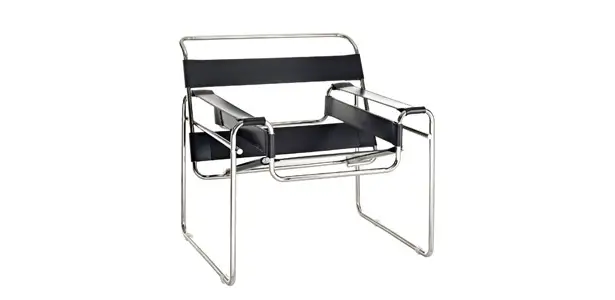
This chair is actually the victim of a misnomer, in that it was not designed specifically for artist Wassily Kandinski. However, Kandinski, who served on the faculty of the Bauhaus at the time Marcel Breuer created the chair, thought so highly of the design that Breuer, the then head of the cabinetry workshop of the Bauhaus, created him a copy for his personal dwelling. Through a slight confusion regarding the history of this design, the Wassily chair has been known by this name for over eighty years. The Wassily chair is popular in ultramodern décor such as that one may encounter in a business’s headquarters or legal offices.
3. The Barcelona Chair and Ottoman
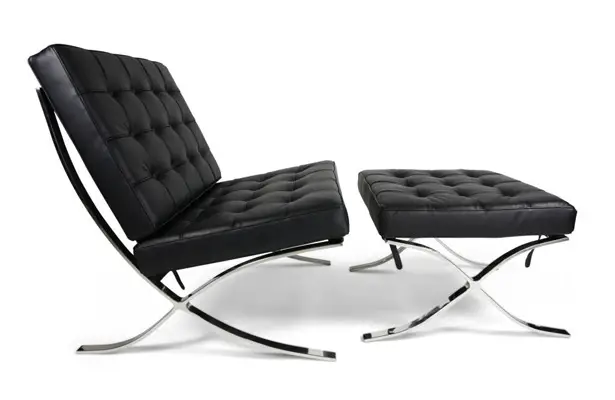
Reminiscent of a chaise longue combined with a love seat, or a love seat and ottoman, this exquisitely comfortable and relaxing chair was created by Ludwig Mies van der Rohe and Lily Reich in the late 1920s. Barcelona chairs are popular in high-end resorts and office reception areas, and are believed to have been inspired by the ancient Roman ‘curule’ chairs, which were built to fold up. Unlike many Bauhaus designs, this particular chair requires more handcrafting than mass production, which makes these more expensive than some other Bauhaus designs, and hence very desirable for affluent businesses.
4. Cantilvered Model B32 Chair
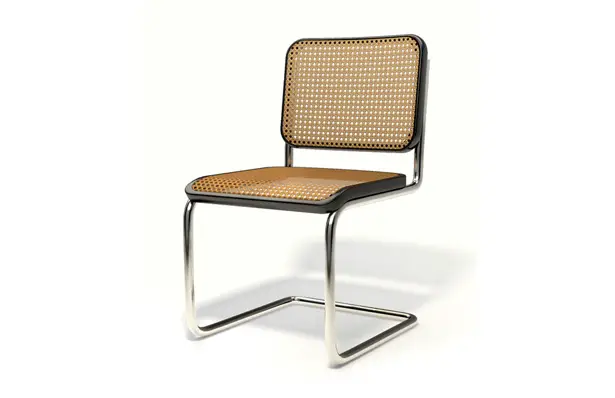
The origins of this classic chair are often disputed. But it is generally attributed to Marcel Bruer, the genius behind the misnamed Wassily Chair. This classic design, instantly recognizable from middle-class homes the world over, was designed to accommodate the budgets and needs of families of modest means. The tubular steel chairs were intended to be inexpensive yet sturdy, easy to transport, and comfortable to sit on. The long length of steel tubing was a big part of the look, and the lack of ornamentation in a ‘designed’ chair was at the time totally revolutionary. Chances are you’ve sat on a chair like this at a friend’s house, or you may even have a few in your dining room right now! Because they are cheap to produce and simple to customize, these chairs may be the most famous Bauhaus-inspired designs on the market today.
5. The Swivel Chair
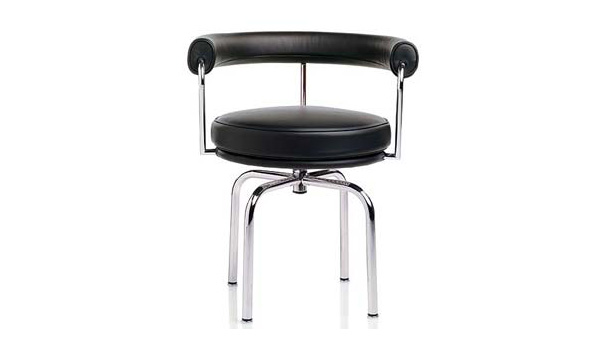
Designed by Le Corbusier, one of the founding fathers of modernism, The ‘Swivel’ Chair was originally designed as part of the ‘Living equipment’ collection at the Salon d’Automne in Paris 1929. With its soft and sensuous leather armrests and cushions it is ideal for any occasion. This popular design can be found at breakfast counters in diners, breakfast bars and nooks in private residences, in bars and taverns, and of course in “man caves” the world over. This sleek, modern design allows a three-hundred-sixty degree rotation and rugged elegance while staying true to the original Bauhaus ethos of inexpensive manufacture and easy assembly. Because of this, they are a perennial favorite for places that get a lot of traffic from the public.
The legacy of the Bauhaus, despite its short-lived “actual” life due to pressure from the Nazi-controlled German government, continues to inform ideas and notions of good design and budget principles to this day. When the artists, architects, and furniture designers who made up the Bauhaus faculty and student body fled Germany for other lands, they took their unique design concepts and philosophy with them. Without this exodus, Bauhaus furniture might have become a mere historical footnote, rather than the impressive cultural phenomenon it remains today. Odds are good that you see or use Bauhaus-inspired furniture every day and never even realize it. Given the modern emphasis on inexpensive yet strong construction, one can reasonably assume that the Bauhaus will continue to inform furniture design and aesthetics for many years to come.






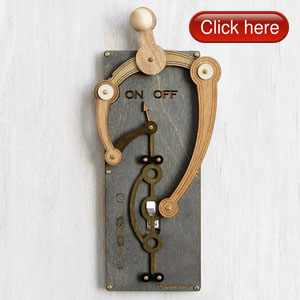

These 20th century modernists made metalwork their own, and reclaimed it as a material from the worlds of engineering and architecture. They adored its strength and versatility, and its aesthetic simplicity.